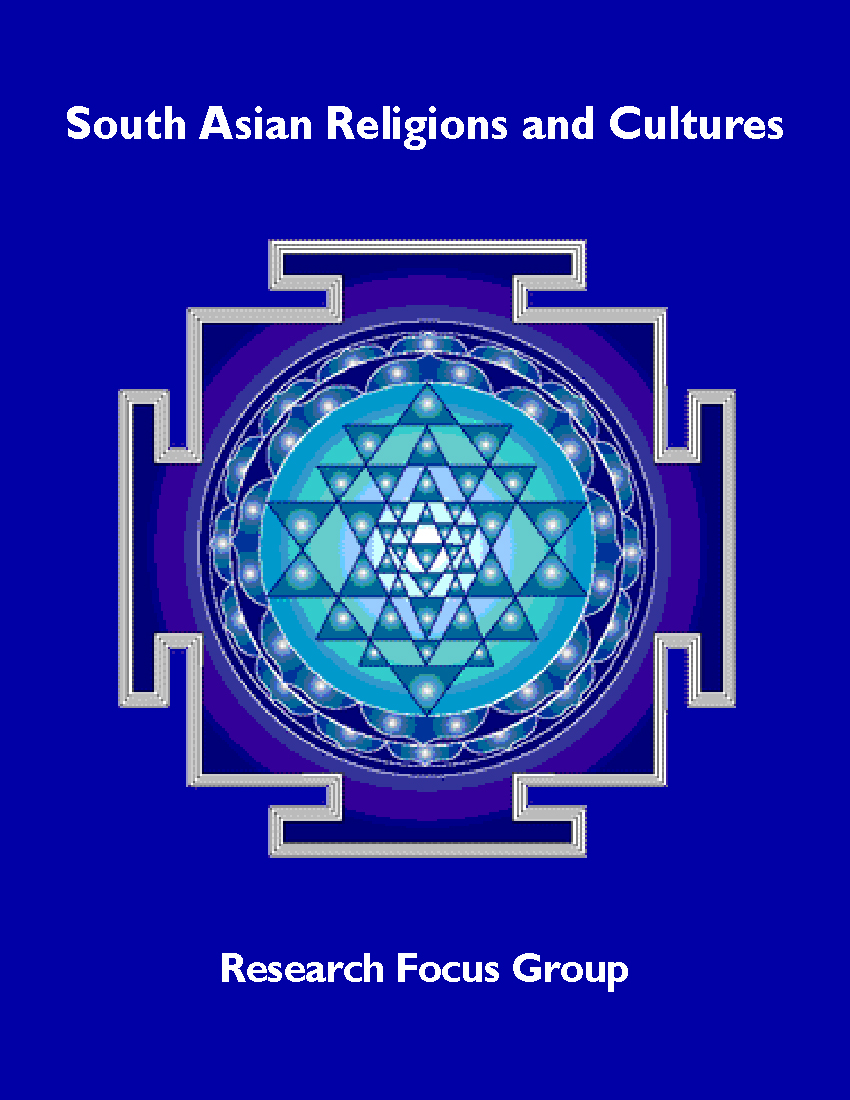20 Feb Vigrahas and Murtis: Observations on the Bodies of the Gods in the Mahabharata

Kendall Busse (Religious Studies, University of California, Santa Barbara)
Wednesday, February 20 / 4:00 pm
3041 Humanities and Social Sciences Building
The lecture examined the nature of divine embodiment in the Mahabharata through an analysis of the terminology used to portray divine bodies and a comparison with Vedic modes of divine embodiment. Particular attention was given to two terms—vigraha and murti—that are used in post-epic material to mean sculpted images in order to demonstrate that these terms refer to particular modes of divine embodiment in the Mahabharata and are not yet invested with the post-epic meaning of sculpted images. The term vigraha refers to human-like bodies that the gods manifest in order to interact with humans on the earthly plane and to influence human events. The term murti refers to the multiple bodies that the gods manifest and is linked to yoga, especially in the compound yoga-murti, a technical term that denotes the bodies that the gods attain through yoga.
Kendall Busse is a Ph.D. candidate in Religious Studies at the University of California, Santa Barbara, whose research interests focus on the nature and role of embodiment in Hindu and Buddhist traditions.

